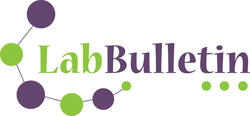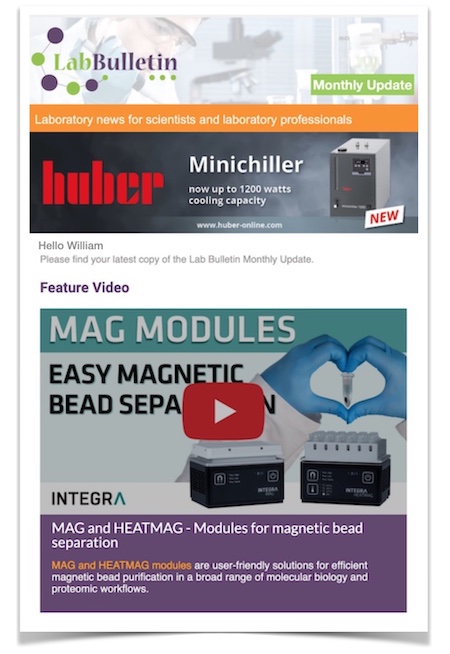Members Login

Channels
Special Offers & Promotions
Syngene G:BOX Chemi XRQ System Successfully In Use at ?Top Biochemistry School to Image Proteins Associated with Fibrosis, Angiogenesis and Wound Healing
Syngene, a world-leading manufacturer of image analysis solutions, has announced its G:BOX Chemi XRQ multi-application imager is being used in the School of Biochemistry at the University of Bristol, one of UK’s best biochemistry departments, in the laboratory of Prof. Jo Adams, to rapidly generate more accurate images of extracellular matrix (ECM) proteins associated with fibrosis, angiogenesis and wound healing.
 Researchers in the School of Biochemistry are using a G:BOX Chemi XRQ multi-application system for imaging ECL-based chemiluminescent Western blots to accurately detect changes in thrombospondins, secreted glycoproteins of the extracellular matrix. The data produced are providing information which the scientists at the University of Bristol are using to understand how these proteins regulate the interaction between cells and the ECM.
Researchers in the School of Biochemistry are using a G:BOX Chemi XRQ multi-application system for imaging ECL-based chemiluminescent Western blots to accurately detect changes in thrombospondins, secreted glycoproteins of the extracellular matrix. The data produced are providing information which the scientists at the University of Bristol are using to understand how these proteins regulate the interaction between cells and the ECM.
Dr Andrew Hellewell, Research Associate in Prof. Adams’ laboratory in the School of Biochemistry stated: “The thrombospondin proteins we are studying can form oligomers which are larger than 200 kDa but can have low expression so it is very difficult using chemiluminescent blots and X-ray film to get the exposure just right to detect these proteins. In fact, we used to have to stagger our film exposure times and use multiple films to get a perfect image of the proteins we’re looking for, which was very time consuming, and risked over-exposure.”
Andrew added: “We tried to automate the image capture using a blot scanner but the scanner wasn’t big enough to accommodate the 20cm by 20cm gels and blots so we had to cut these, do two image runs and put the images together afterwards which is not ideal. We then decided to install the Syngene G:BOX Chemi XRQ because this system can accurately image large gels and blots with ease. Using the G:BOX Chemi XRQ we can leave the system capturing multiple images and exposures and can always detect our proteins quantitatively even when the signal is faint, avoiding the risk of over-exposure. This means we can analyse our chemi blots more easily and have much more confidence in our results.”
“We’re pleased that researchers at Bristol University are using a Syngene image analysis system to improve the precision and throughput of their fundamental research,” states Dr Martin Biggs, Sales Manager at Syngene. “Their work with the G:BOX Chemi XRQ demonstrates the power of technology to produce quality images of poorly expressed proteins on even the largest chemiluminescent Western blots.”
Media Partners


